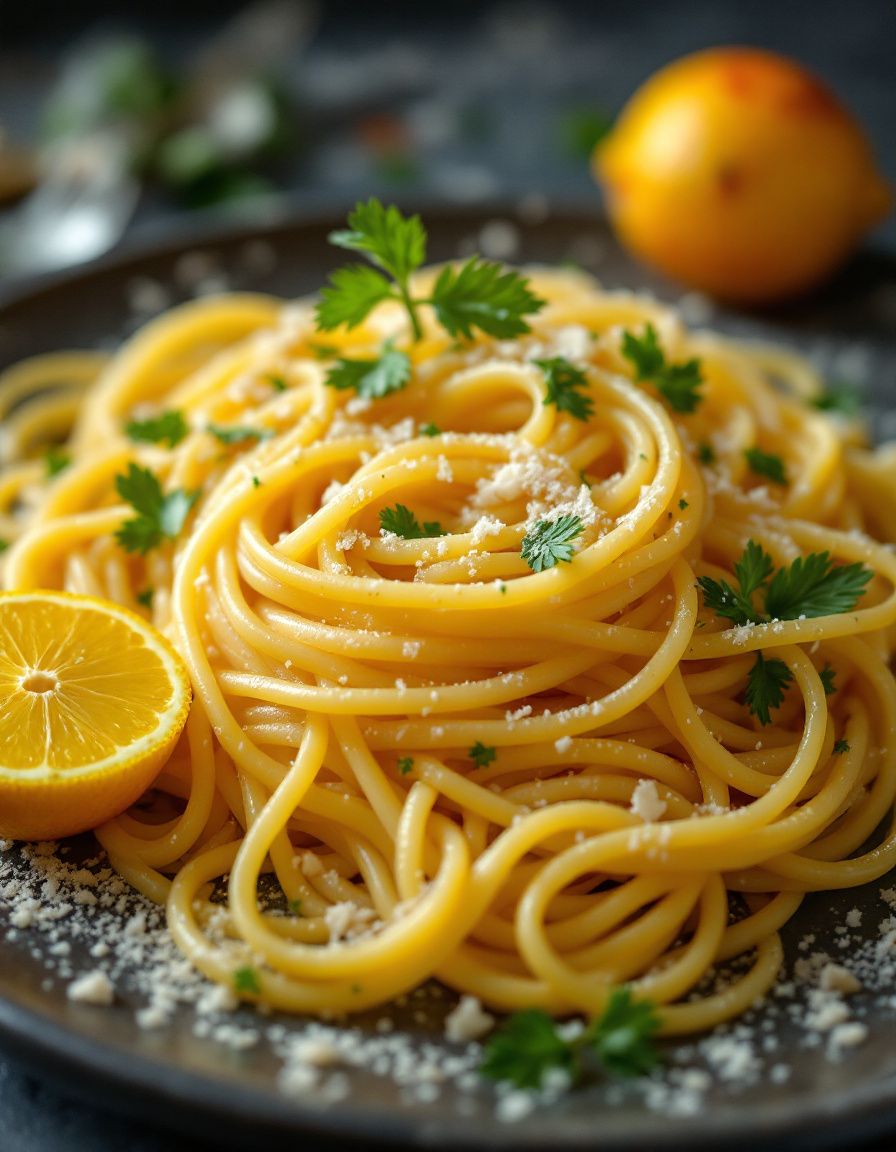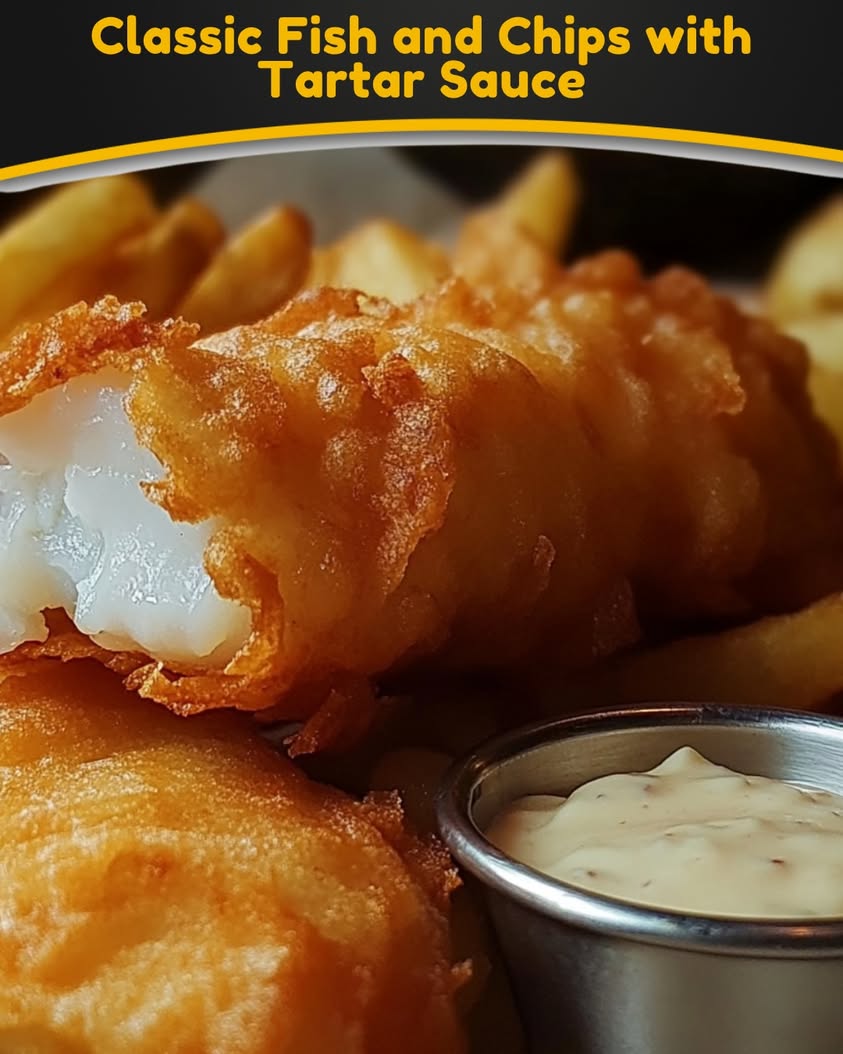Taco Bell Chicken Quesadilla Copycat: A Flavorful At-Home Treat
If you’ve ever craved the deliciousness of Taco Bell’s chicken quesadilla, you’re in for a treat! This Taco Bell Chicken Quesadilla Copycat recipe captures the iconic taste of the fast-food favorite, bringing the zesty flavors and melty goodness right to your kitchen. With tender chicken, a perfect blend of spices, and gooey cheese all toasted together in a crisp tortilla, this recipe is guaranteed to satisfy your cravings.
Whether enjoyed as a quick lunch, a delightful dinner, or even a shareable snack during game night, this chicken quesadilla is wonderfully versatile. The combination of seasonings, creamy sauces, and grill marks create an alluring visual experience, making it a treat for both the eyes and the taste buds. Plus, making this popular dish at home means you can adjust the ingredients to match your preferences, ensuring it’s just how you like it!
Quick Recipe Highlights
- Flavor Profile: Expect a savory blend of spices with a hint of creaminess from the melted cheese and a touch of richness from the chicken.
- Texture: The quesadilla sports a crispy exterior, contrasting beautifully with the tender chicken and gooey cheese inside, providing a delightful mouthfeel.
- Aroma: The warm, inviting aroma of toasting tortillas mingled with the scent of spices and grilled chicken fills the kitchen, making your stomach growl in anticipation.
- Visual Appeal: With golden-brown tortillas and oozing cheese, the quesadilla not only tastes great but looks incredibly appetizing on a plate.
- Skill Level Needed: As an easy recipe to follow, even beginner cooks will find success with this dish, making it ideal for cooking enthusiasts at any level.
- Special Equipment: You’ll need a skillet or griddle for cooking the quesadillas, along with a spatula for flipping.
Recipe Overview
- Difficulty Level: This chicken quesadilla is straightforward to prepare, making it a perfect dish for beginners and those short on time.
- Category: Consider it a delicious snack or a wholesome main course, suitable for lunch or dinner.
- Cuisine: Influenced by Mexican culinary traditions, this dish is a beloved American adaptation found at fast-food establishments nationwide.
- Cost: Creating your own quesadilla is economical, with main ingredients costing around $10 for a filling meal that serves four.
- Season: Perfect for any season, especially great for cozy indoor dining during cooler months or casual gatherings in the summer.
- Occasion: Whether it’s a family dinner, movie night, or a picnic, these quesadillas fit any occasion seamlessly.
Why You’ll Love This Recipe
The blend of flavors and textures in the Taco Bell Chicken Quesadilla Copycat is simply irresistible. The seasoned chicken provides a savory richness, while the melted cheese brings a creamy smoothness to each bite. The toasty tortilla adds a satisfying crunch, making every mouthful a delightful adventure of taste and texture. It’s an explosion of flavors that keeps you coming back for more!
One of the best things about this quesadilla recipe is convenience. With just a few ingredients and minimal cooking time, you can whip up a tasty meal that appears as though it came from a restaurant. It’s a huge time-saver for busy weeknights or unexpected guests, allowing you to indulge without extensive preparation or cleanup.
This chicken quesadilla is not only delicious but also offers nutritional advantages. Packed with protein from the chicken and calcium from the cheese, it’s a satisfying option that can easily be made healthier by adding vegetables. You can sneak in some peppers or onions for added nutrition without sacrificing flavor!
As a fantastic dish for social gatherings, you can impress your friends and family with your cooking skills while serving a beloved favorite—everyone loves quesadillas! They can be customized with various dips, making them perfect for sharing or enjoyable solo.
Lastly, making your own quesadillas is cost-effective. For roughly the same price as one fast-food order, you can create multiple servings and enjoy the satisfaction of home-cooked food tailored just for you. This recipe not only respects your budget but also your taste preferences!
Historical Background and Cultural Significance
The quesadilla traces its origins to Mexico, where it traditionally consists of a tortilla filled with cheese and various other ingredients, then folded and grilled. Over the years, it has evolved into various forms reflecting regional tastes and available ingredients. As global cuisine continues to intermix, quesadillas with a multitude of fillings have gained popularity across North America.
The quesadilla is a staple comfort food for many, often made at home for family gatherings or fiestas. This dish embodies a piece of Mexican culture, making it a vibrant part of social and culinary communities that celebrate shared traditions through food.
As it made its way into American cuisine, the quesadilla has been modified to suit local palates, leading to creations like the Taco Bell Chicken Quesadilla. Fast-food adaptations have made this dish accessible to a wider audience, providing a taste of Mexican comfort food in a quick and convenient format.
Regional variations exist, such as variations in cheese types used, additional spices, or the inclusion of common ingredients like black beans and corn in some areas. This adaptability allows everyone to enjoy quesadillas in a way that resonates with their regional preferences and cultural backgrounds.
Ingredient Deep Dive
Cooked Chicken: Chicken plays a central role in this recipe, serving as the primary protein source. Grilled, roasted, or even shredded rotisserie chicken can be utilized for convenience. Packed with protein, chicken supports muscle health and provides essential nutrients. When selecting chicken, consider freshness and quality. Store leftovers in an airtight container, and they can be refrigerated for about 3-4 days.
Flour Tortillas: Tortillas function as the base that holds all ingredients together. While flour tortillas are the most popular choice, corn tortillas are a gluten-free alternative. When choosing tortillas, look for those with minimal ingredients for better quality. They can be stored in the refrigerator for several weeks, but make sure to seal them properly to prevent drying out. Feel free to substitute whole-wheat tortillas for a healthier option!
Common Mistakes to Avoid
- Overstuffing the quesadilla: While it’s tempting to add extra fillings, overstuffing can lead to spills during cooking.
- Using unheated pans: Cooking on a cold or uneven surface can yield a soggy quesadilla instead of a crispy one.
- Skimping on the cheese: Cheese enhances flavor and texture, so don’t hesitate to use a generous amount.
- Skipping the grilling step: Skipping the pre-cooking of tortillas will lead to a quesadilla that doesn’t meld together properly.
- Under-seasoning: Failing to season your chicken before using it can miss out on the bold flavors you expect.
- Not allowing it to rest: Cutting into the quesadilla right away can cause the cheesy filling to ooze out.
- Neglecting to use a spatula: Trying to flip without a spatula may result in tearing the tortilla.
- Choosing the wrong cheese: Using cheese that doesn’t melt well can lead to a dry quesadilla.
- Forgetting garnishes: Leaving out toppings like salsa or guacamole can make your dish feel incomplete.
- Not adjusting heat levels: Cooking on too high heat can burn the exterior before the inside is fully melted.
Essential Techniques
Grilling the Torres: It’s crucial for creating that perfect crisp texture. Ensure your skillet or griddle is preheated before adding the tortilla. To master the technique, cook on medium heat and monitor for a golden-brown color. Aiming for an even cooking surface prevents burning.
Evenly Distributing Ingredients: Spreading your chicken and cheese evenly ensures a consistent flavor in each bite. Remember to leave some space along the edges so they will seal better when folded. Checking for visual cues like cheese melting and bubbling indicates the quesadilla is ready to flip.
Pro Tips for Perfect Taco Bell Chicken Quesadilla
1. Choose a blend of cheeses for richer flavors. Combining Monterey Jack and cheddar creates depth.
2. Use a rotating spatula to flip your quesadilla without breaking it—it allows better control.
3. Add fresh ingredients like cilantro or diced tomatoes to enhance freshness and color.
4. Allow your quesadilla to rest for a minute before slicing to retain the filling.
5. Experiment with different sauces for dipping, like creamy ranch or spicy salsa.
6. Utilize leftover chicken from previous meals to save time and reduce waste.
7. Lightly oil the pan to improve browning without excessive grease.
8. Serve immediately for the best texture and taste experience!
Variations and Adaptations
Regional variations can result in unique flavor profiles. For instance, Tex-Mex versions incorporate ingredients like jalapeños for a spicy kick. Seasonal adaptations might include using fresh herbs in the spring or roasted vegetables in the fall. If you’re following dietary modifications, try substituting tofu for a vegetarian take or utilizing low-carb tortillas for a keto option. Flavor variations can include experimenting with different proteins, such as beef or shrimp. Lastly, you can present your quesadilla as a colorful platter with sides like guacamole and a fresh salad.
Serving and Presentation Guide
When plating your quesadillas, consider cutting them into wedges for an appealing presentation. Garnish with fresh herbs like cilantro or green onions for a pop of color. Traditional accompaniments such as sour cream and salsa enhance flavor, while modern serving suggestions may include creative dipping sauces. Pay attention to the temperature; serving quesadillas hot ensures a satisfying experience. Portion control is also essential, so consider serving with sides, like a simple salad, to balance portions and add freshness.
Wine and Beverage Pairing
For wine lovers, a light, crisp white wine like Sauvignon Blanc pairs wonderfully with chicken quesadillas. The acidity balances the richness of the cheese, making each bite delightful. If you prefer non-alcoholic alternatives, a refreshing iced tea or sparkling water with lime complements the meal well. For those who enjoy coffee or tea, consider brewing a lightly flavored tea such as chamomile to finish your meal on a soothing note. Always serve beverages chilled to enhance the overall dining experience.
Storage and Shelf Life
Store any leftovers in an airtight container in the refrigerator to maintain freshness. Proper storage extends the shelf life to about 3-4 days. For longer preservation, quesadillas can be frozen—just wrap them in plastic wrap and place in a freezer bag. Signs of spoilage include unusual smells or changes in texture; discard if in doubt. When reheating, opt for an oven or skillet to recapture the crispiness rather than using a microwave, which may lead to sogginess.
Make Ahead Strategies
For an efficient cooking session, prepare your chicken and slice your veggies a day ahead. Enjoy assembling your quesadillas right before cooking. Store each layer separately to maintain freshness in ingredients. When ready, assembly minimizes cooking time and allows for quick meals on busy nights. Be sure to leave out fresh elements like lettuce or sour cream until serving to keep them crisp. Reheating is easy; just use a skillet to restore flavors and textures effectively.
Scaling Instructions
If you need to adjust the serving size, doubling or halving the ingredients can easily be done without affecting taste. Modify cooking times slightly, but closely monitor to ensure everything cooks evenly. For those cooking for large gatherings, consider batch-cooking quesadillas, keeping them warm in a low oven until ready to serve. Always check that your cooking equipment is suitable for larger quantities to avoid overcrowding the cooking surface, which can cause uneven cooking.
Nutritional Deep Dive
This recipe’s nutritional profile includes a substantial amount of protein from chicken and calcium from cheese. Whole tortillas add fiber and essential B vitamins. Understanding macronutrient distribution helps balance meals. Each serving offers essential nutrients while allowing flexibility for modifications. Portion control plays a crucial role, especially for those monitoring dietary intake, facilitating weight management while enjoying delicious homemade meals.
Dietary Adaptations
For gluten-free options, substitute traditional flour tortillas with corn varieties, ensuring everyone can indulge. A dairy-free version can be achieved through plant-based cheese or simply by increasing the amount of your favorite vegetables. Vegans can easily replace chicken with marinated mushrooms or jackfruit for a hearty, satisfying filling. Other adaptations include low-carb substitutions for the tortillas or utilizing a cauliflower crust for keto-friendly options.
Troubleshooting Guide
If your quesadilla comes out with a soggy texture, it may have lacked sufficient heat during cooking. Consider increasing the heat or keeping the lid off your pan for a crispier result. If flavors aren’t balanced, revisit seasoning during preparation to ensure proper distribution. For melting issues, selecting higher-quality cheese can prevent dryness. Timing may pose challenges; cook just long enough to see golden edges without burning.
Recipe Success Stories
Many home cooks have found success recreating this Taco Bell classic, tailoring it to suit personal tastes. Readers frequently share their adaptations, such as introducing unique spices or flavors, which highlight the recipe’s versatility. Photography tips often arise during sharing, with users showcasing beautifully plated quesadillas. The joy elicited from creating a beloved fast-food dish at home leads to countless success stories that inspire further experimentation in the kitchen.
Frequently Asked Questions
Can I use a different protein in this recipe? Absolutely! Feel free to substitute with beef or vegetarian proteins like beans or tofu for added variety.
How do I make it spicier? To add heat, consider including diced jalapeños or using a spicy cheese blend within your quesadilla.
Can I freeze quesadillas after cooking? Yes! Cooked quesadillas can be frozen. Wrap them tightly and follow proper thawing and reheating methods for the best results.
What’s the best cheese for quesadillas? A blend of Monterey Jack and cheddar is ideal, but other melting cheeses will work as well. Avoid non-melting options.
How do I reheat leftover quesadillas? Reheat in a skillet over medium heat, or place in a toaster oven for about five minutes to retain crispiness.
Can I make a vegetarian version? Yes! Simply replace the chicken with an assortment of veggies, such as spinach, mushrooms, or zucchini.
Are there gluten-free tortilla options? Yes! Look for gluten-free tortillas when shopping, which are widely available at most grocery stores.
How do I know when the quesadilla is done? Look for golden brown edges and melted cheese; this indicates it’s cooked just perfectly.
Can I add additional toppings? Certainly! Toppings like salsa, sour cream, or even guacamole elevate the taste.
How long does it take to cook one quesadilla? Each quesadilla typically requires about 2-3 minutes per side, depending on your heat level.
Additional Resources
For those interested in similar recipes, check out guides for various quesadilla fillings, or dive into articles on cooking essentials like homemade sauces! Explore ingredient information for fresh produce selections, and consider equipment recommendations for cooking perfect quesadillas every time. Also, don’t miss out on seasonal variations, leaning into fresh herbs or vegetables that add a spark to your dish during different times of the year.
Join the Conversation
Engage with fellow food enthusiasts by sharing your own taco quesadilla stories on social media! Use photography tips for capturing the perfect shot of your meal, and encourage others to make creative recipe adjustments. Community feedback continues to inspire exciting variations. Share your success or any unique adaptations you’ve made, fostering a space for recipe discovery and camaraderie in the culinary world!
The Recipe
Taco Bell Chicken Quesadilla Copycat
Serves: 4
Prep Time: 15 mins
Cook Time: 15 mins
Total Time: 30 mins
Kitchen Equipment Needed
- Skillet or griddle
- Spatula
- Measuring cups
- Knife and cutting board
Ingredients
- 2 cups cooked chicken, shredded
- 1 cup shredded cheese (Monterey Jack or Cheddar)
- 4 large flour tortillas
- 1 packet taco seasoning
- Sour cream and salsa for serving
Directions
- In a bowl, mix the shredded chicken with taco seasoning until well coated.
- Heat a skillet over medium heat and lightly grease it if desired.
- Place one tortilla on the skillet and sprinkle half of the cheese evenly across it.
- Add half of the seasoned chicken on top of the cheese, then sprinkle with more cheese.
- Cover with another tortilla and cook for 2-3 minutes, until golden brown.
- Carefully flip the quesadilla and cook for an additional 2-3 minutes.
- Remove from heat and let it rest for a minute before slicing into wedges.
- Serve warm with sour cream and salsa.
Recipe Notes
- Feel free to add sauteed peppers or mushrooms for extra flavor.
- Any leftover chicken works well, making this recipe customizable.
- For a spicier option, include jalapeños or a dash of hot sauce.










